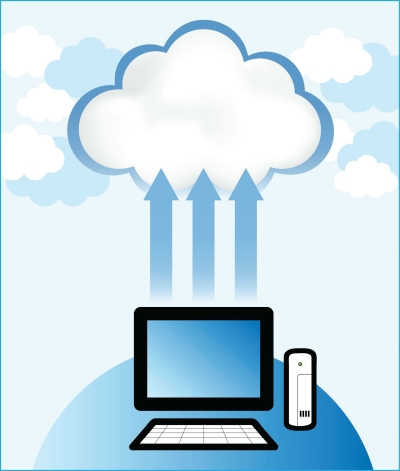As cloud computing brings more features, locations and capacity, many enterprises and IT organizations prefer to buy cloud services over capital equipment. According to the recent research report published by Zinnov Management Consulting, cloud computing is pegged at $110 million, and it is predicted to grow more than $1000 million by the 2015! More ‘n’ more organizations are moving their applications to the cloud, and their mission-critical applications are soon going to be migrated to the cloud.
Of course, migrating to the cloud brings more benefits for the organizations, but it is not as easy as you think. You have to prepare for many unpleasant surprises in consort with the way if the process is not carefully and precisely detailed in advance, and if the service provider you’ve hired is not technically sound.
However, the process is manageable, if one has planned appropriately before start migrating their applications to the cloud. Are you planning to move your applications to the cloud, but don’t know how to do it exactly?

Here’re the steps for a successful migration to the cloud.
Step 1:
Assess your requirements, planning and workload. Before you start planning to migrate to the cloud, it is important that you assess and understand the issues arise due to the application migration and plan the project accordingly to avoid critical issues. To accomplish this, you should validate the complete program code, the design, application program architecture and so on. Analyzing all these detailed things would help you form a robust and comprehensive strategy for the cloud migration.
Moreover, it is important to assess the workload as all the cloud models are created equal and different workload may require a different cloud model.
Step 2:
Once you’re done with the initial assessment, it is time for you to break up the dependencies. It is important that you take back-up all the micro-level programs that are depended on the input from the existing enterprise legacy with the help of a captive data center. Once it’s done, the system engineers will be able to analyze and understand the complexities associated with the application migration. Moreover, it will make a picture clear regarding the software components and functionalities that can be migrated to the cloud.
Step 3:
It is time to re-design, re-program and re-integration! As the engineers are well-aware about the complexities associated with the migration, it would be easy for them to redesign entire application process architecture. It involves choosing between the components that are going to be there in a captive data center and another that can be migrated to the cloud. Once you’ve made the decision about the components that are going to be migrated, it is time for you to re-architecture and re-program entire enterprise application for implementation over the cloud. After this dependency will be re-programmed and re-integrated with the cloud based application environment.
Step 4:
Test, test and test. Once you’ve done with the migration of the new components, it is time to rigorously test them through lots of cloud specific test cases. All the test cases are written in such a way to reflect the day-to-day activities of the process. You can easily identify the different errors associated with the application, integration and functionalities during the testing phase.
Step 5:
Manage cloud program and the training. The application and the integrated environment are then synced for perfection with the help of the test data. There are a few tools for the cloud environment, but they won’t suit the product environment completely. Moreover, train the employees appropriately to ensure that they’re comfortable using the cloud applications and tools.
Apart from all these steps, it is important that you choose the right kind of cloud-based service provider, understand the cloud rules, assess your providers’ migration methodology and more to ensure you leverage from the benefits of a successful migration to the cloud.










Comments